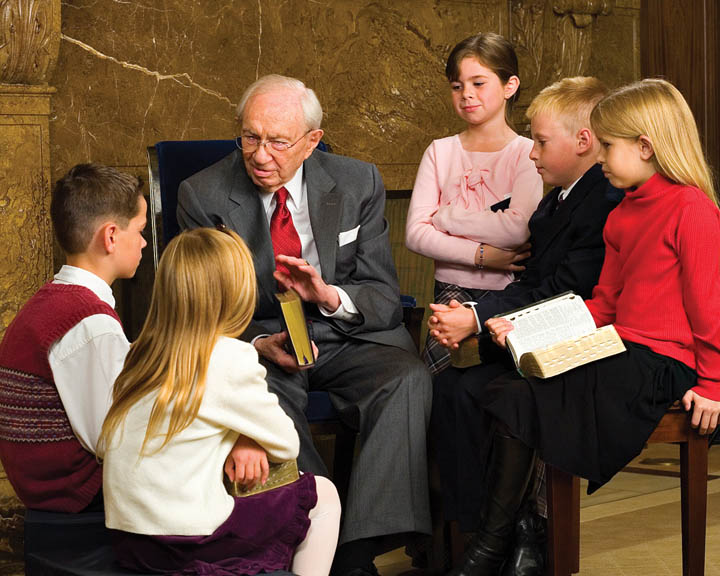It seems rather fitting that as we approach the end of one year and prepare to begin a new, we talk for a moment about helping children to set goals. I prefer not to use the term “resolution” as it tends to become a joke – something we say we want to accomplish yet never do.
 The fantastic thing about setting goals is the importance it places on making step-by-step approaches to eventually accomplishing it. Simply stating, “I want to get an A in math by March” doesn’t get very far if there are no guidelines to follow, or nothing to help mark ones progress.
The fantastic thing about setting goals is the importance it places on making step-by-step approaches to eventually accomplishing it. Simply stating, “I want to get an A in math by March” doesn’t get very far if there are no guidelines to follow, or nothing to help mark ones progress.
I tend to think of helping children set goals much like trying to get my boys to clean their room. When they first walk in it looks so daunting. How on earth can two little boys manage to take such extraordinary chaos and turn it into order?
We begin by giving certain assignments. One boy is in charge of putting dirty clothes in the hamper. The other boy is in charge of locating books and placing them back on the bookshelf. After this is done one boy has the duty of locating and replacing blankets and pillows to the bed, while the other tries to create a walking path amid the toys. With these smaller, simpler steps the clutter begins to clear and once again we can see the floor.
Setting and accomplishing goals is much the same. The thought of getting that ‘A’ when you’re not even on passing level feels like jumping across the Grand Canyon. Impossible. If we take this goal, and break it up into even smaller goals, the end result doesn’t seem quite as daunting.
The Church of Jesus Christ of Latter-day Saints (Mormon Church) puts out a pamphlet called “10 Ways to Teach Values in the Home.” In the section titled ‘Help Children Set Goals’ we read:
“Children should help determine the direction of their lives. Teach your children that the decisions they make while still young greatly affect their futures…Helping them set short- and long-term goals helps you teach them important values.”
The Church of Jesus Christ of Latter-day Saints> sets up several programs for goal setting. It starts as early as eight-years old with the ‘Faith in God’ program for young boys and girls. The earlier children begin learning this value, the easier it will be to accomplish the bigger things later in life.
How does one begin helping their child make these goals? The pamphlet first urges us to talk with our children. What are their plans for the future? What are their interests? Really listen to what they have to say and then give them some input. Most of all express your confidence in their abilities to help make these decisions.
Next, discuss some of the values they’ve learned at home, and how those values might help inspire them in these goals. In doing this you can help your child understand the importance of these values you’ve been trying to help them learn.
I think there are several times during the year you can sit down with your children to set the goals. The most obvious is New Years Day. Another time might be at the beginning of Summer. Right before school starts would be another great idea. Encourage your children to set at least one goal that will last throughout the year. For example, getting their homework done before bedtime every night. Or reading their scriptures for at least ten minutes every day.
The thought of doing this all year long will feel daunting, so break it up into little portions. Don’t be afraid to offer your children little rewards for a job well done. If they make it for two weeks, or a month, let them pick out a reward. When they make it for three whole months, make the reward a little bigger. At the half-year mark, have another celebration. By the time the year is complete, odds are the goal will have become a habit.
If doing a goal for an entire year seems just too long, or your children are simply too young for such a big goal, try starting them out on some shorter goals. Eating the required allotment of fruits and veggies every day. You could include your child in that by asking what fruits and vegetable are their favorites. During the warmer months you could set a goal to go walking or playing hard for at least fifteen minutes every day.
Make an effort to include your children in this process. The more they feel included, the more energy they’ll put into accomplishing these goals. Setting and accomplishing goals can become a wonderful life-long habit, that will only serve to enrich the lives of your children.


